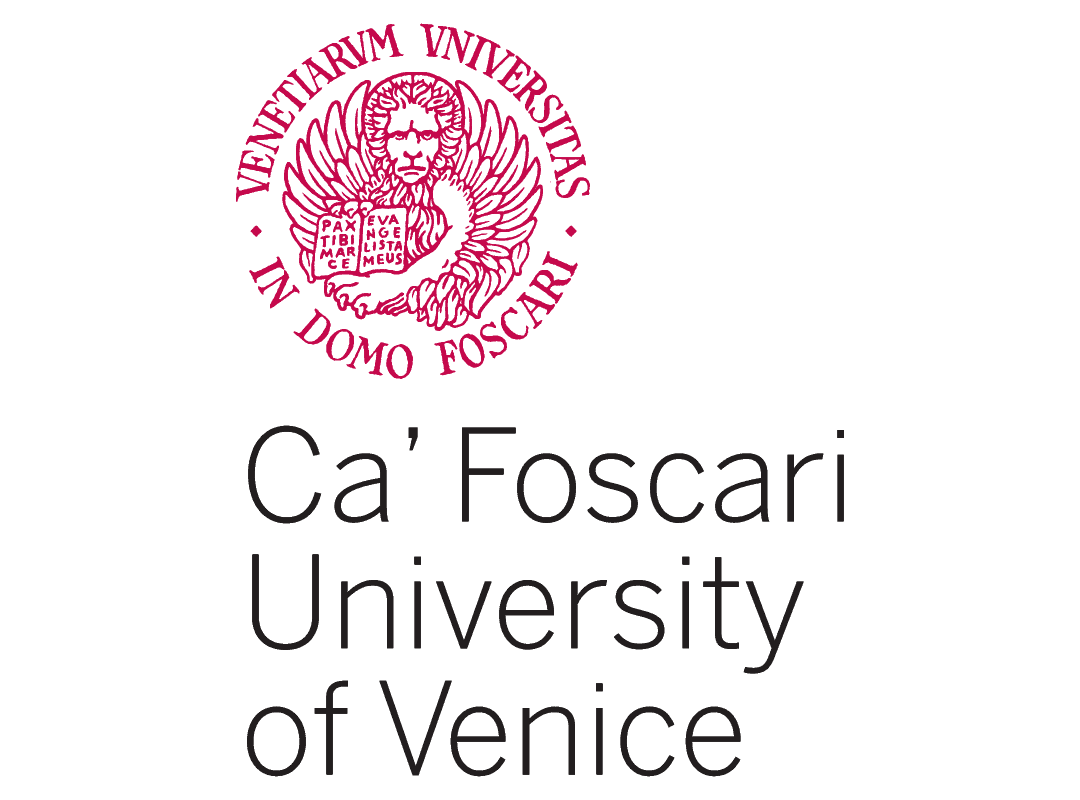
Ca' Foscari University of Venice
Green Education Ranking
#377
About Ca' Foscari University of Venice
Ca’ Foscari was founded in 1868 in a gothic palace from which the university name is inspired, and is located in central Venice on the banks of the Grand Canal. Students so fortunate to study here will find themselves in one of the most beautiful locations in the world, that of Italy’s legendary floating city and World Heritage Site. It is not only the location that can appeal, as Ca’Foscari’s academic performance consistently places it highly in places to study an undergraduate degree in Italy. There are eight departments and five interdepartmental schools at Ca’ Foscari, as well as a dedicated graduate school. As a humanities oriented institution there is a committed element to the study of international cultures, and courses can be taken in the Department of Asian and North African studies and the Department of Linguistics and Comparative Cultural Studies. Among the sciences studied at Ca’Foscari is the department of Molecular Sciences, which combines the study of traditional sciences and a dual focus on developing renewable energy sources and biotechnologies. Ca’ Foscari has a dedicated international college with accommodation on the island of San Servolo within the Venice lagoon. Students will take studies as part of their degree at Ca’ Foscari while also taking English language taught activities at the international college itself. The first cycle degree programme Philosophy, International Studies and Economics is taught entirely in English. Notable graduates from Ca’ Foscari include billionaire businessmen Giuseppe De’Longhi and opera director Damiano Michieletto. There is a dedicated alumni website at Ca’Foscari, where graduates can make career contacts and keep in touch with university friends through their profiles and messaging services.
About World Green University Ranking
World
Green University Ranking 2024 is a
scholarly acknowledgment of educational
institutions standing at the forefront of
Education for Sustainable Development (ESD) and
leading the Green Education Transformation
(Education 6.0).
World Green University Ranking classifies
universities based on the six pillars of the
Holistic Green Education Framework, including
leadership governance, curriculum, innovation,
facilities, human capital, and community
partnerships.
The methodology employed in our Green Education Ranking is designed relying on the six pillars of the Holistic Green Education Framework. Each pillar contributes to the institution’s overall score, with a carefully assigned weight reflecting its significance in fostering sustainability. The total weight of the six pillars collectively amounts to 100%, signifying a balanced evaluation across critical dimensions of Green Education. Within each pillar, various standards are carefully assessed, with weights ranging between 1 and 2, emphasizing the varying importance of each criterion. This nuanced approach ensures a holistic evaluation and offers an insightful measure of universities commitment to Green Education Transformation (Education 6.0).
| # | Six Pillars of Green Education Framework (6Gs). | Weight |
|---|---|---|
| 1 | Green Educational Leadership | 14% |
| 2 | Green Curriculum | 17% |
| 3 | Green Innovation and Research | 19% |
| 4 | Green Facilities | 15% |
| 5 | Green Human Capital | 19% |
| 6 | Green Communities | 16% |
| Total | 100% |

